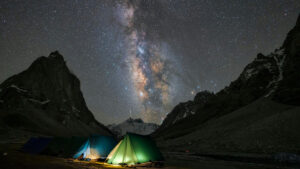
Guide to Cold Nights on Mount Kilimanjaro
Table of Contents Mount Kilimanjaro Night Temperature: What to Expect During Your Trek and Summit Day | Kili Quests Climbing Mount Kilimanjaro is a
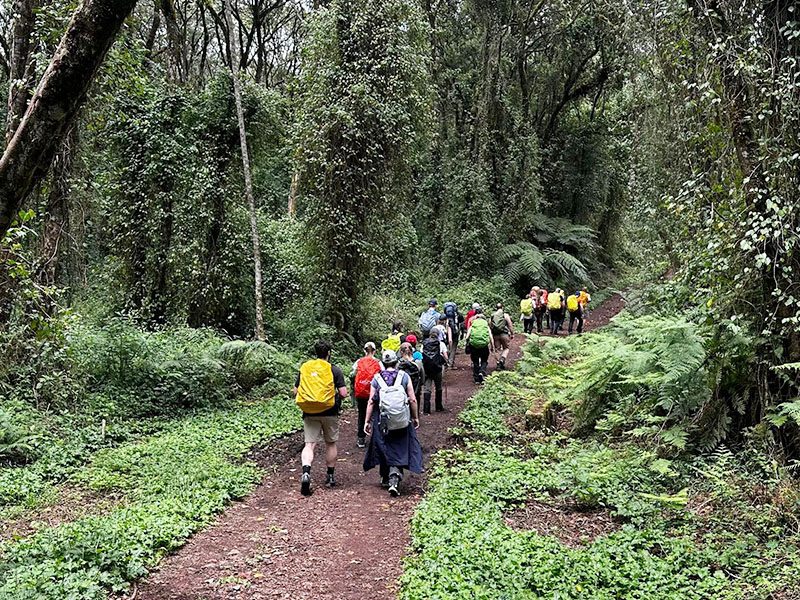
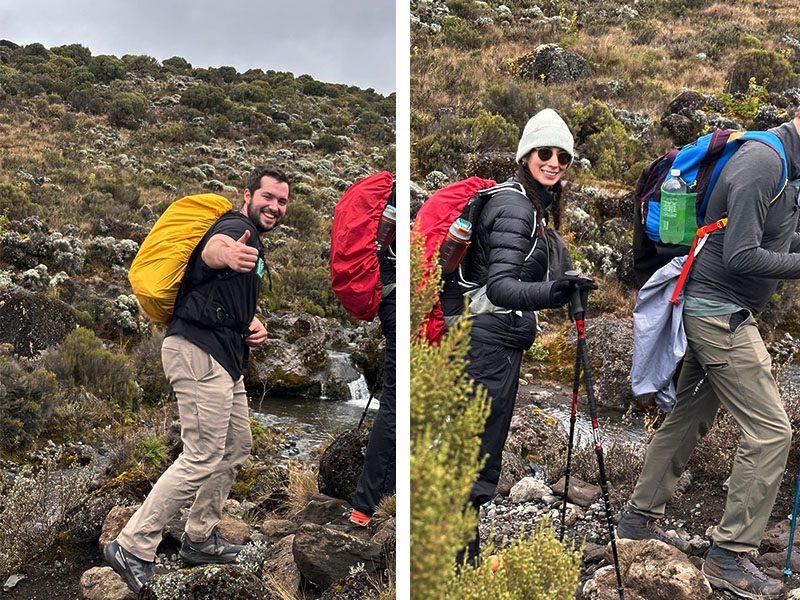
Summit day is longer — up to 12–15 hours round-trip — starting before midnight.
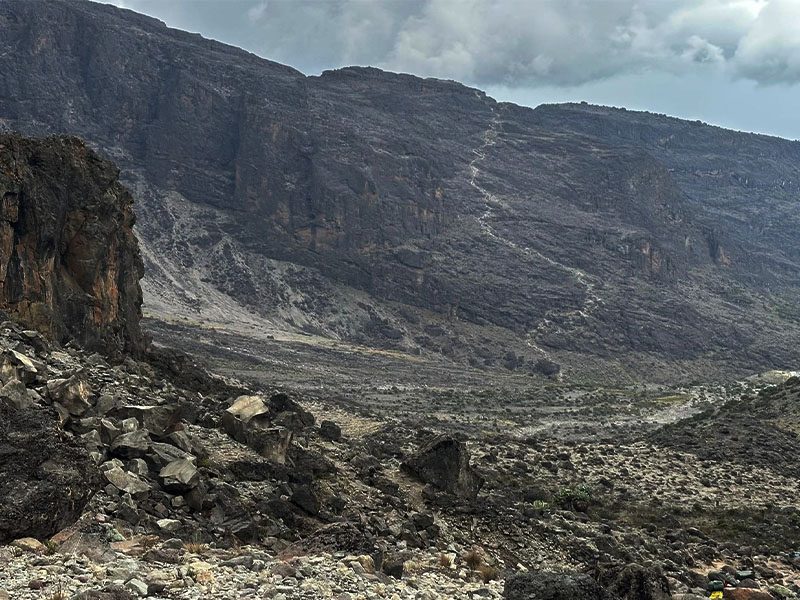
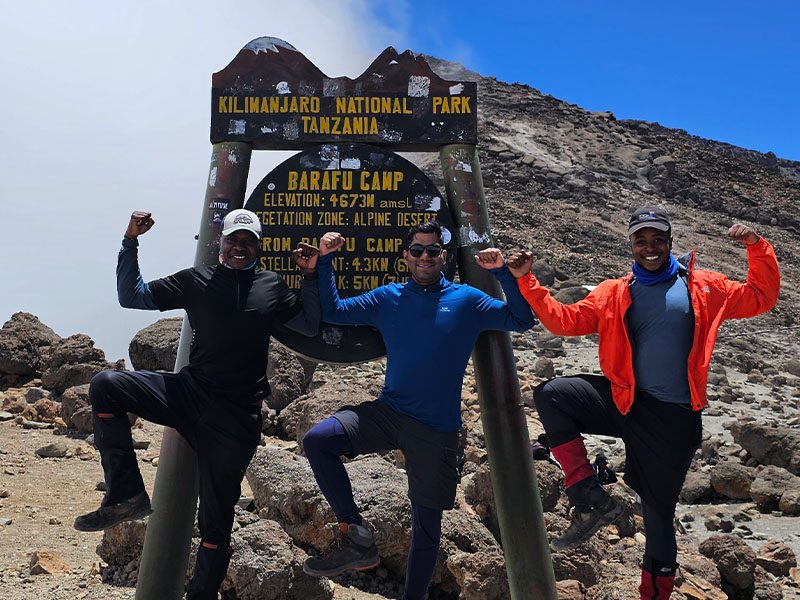

Table of Contents Mount Kilimanjaro Night Temperature: What to Expect During Your Trek and Summit Day | Kili Quests Climbing Mount Kilimanjaro is a
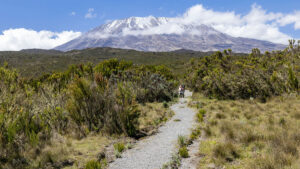
Table of Contents How to Properly Acclimatize on Mount Kilimanjaro: Tips and Things to Know | Kili Quests Climbing Mount Kilimanjaro is an incredible
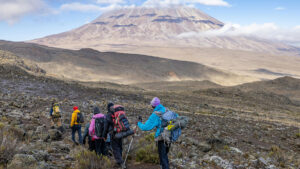
Table of Contents Best Time to Climb Kilimanjaro: Seasons Explained | Kili Quests Understanding the Best Time to Climb Mount Kilimanjaro Wondering when to